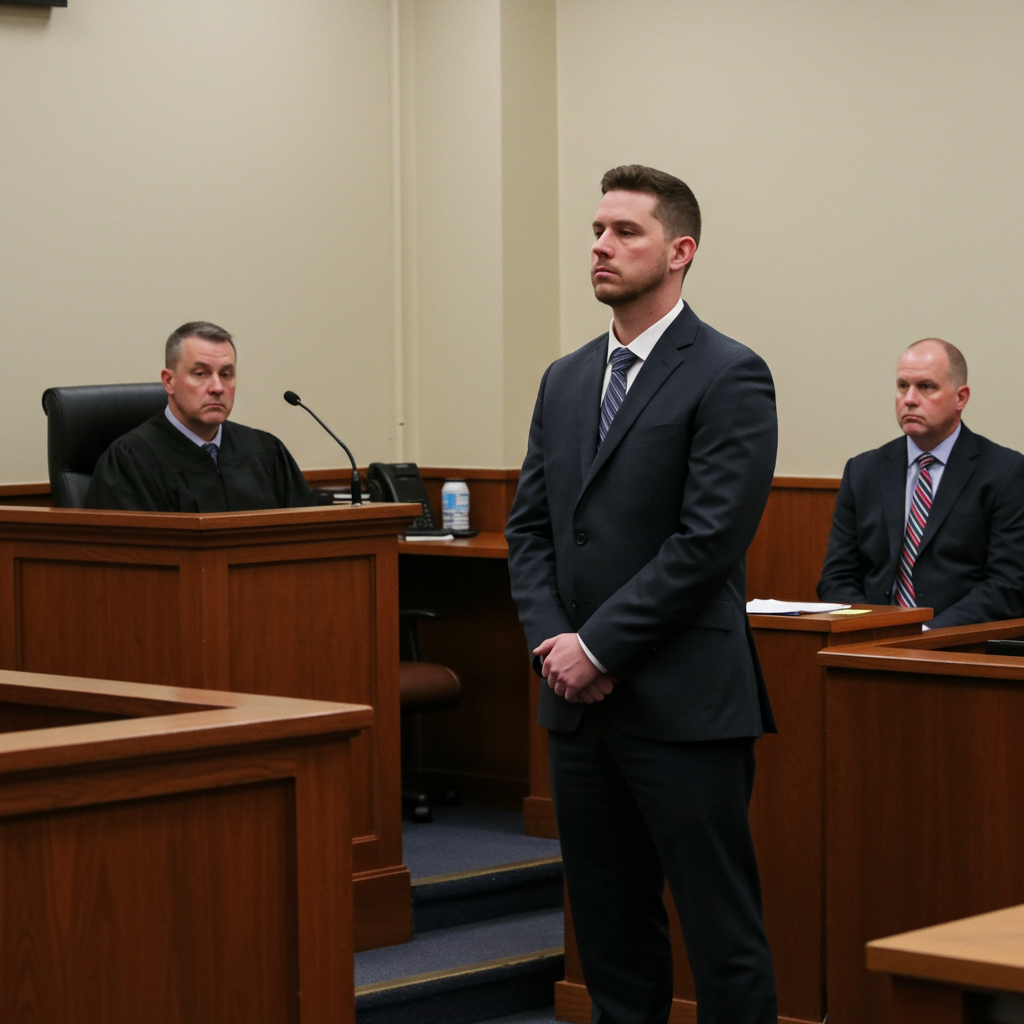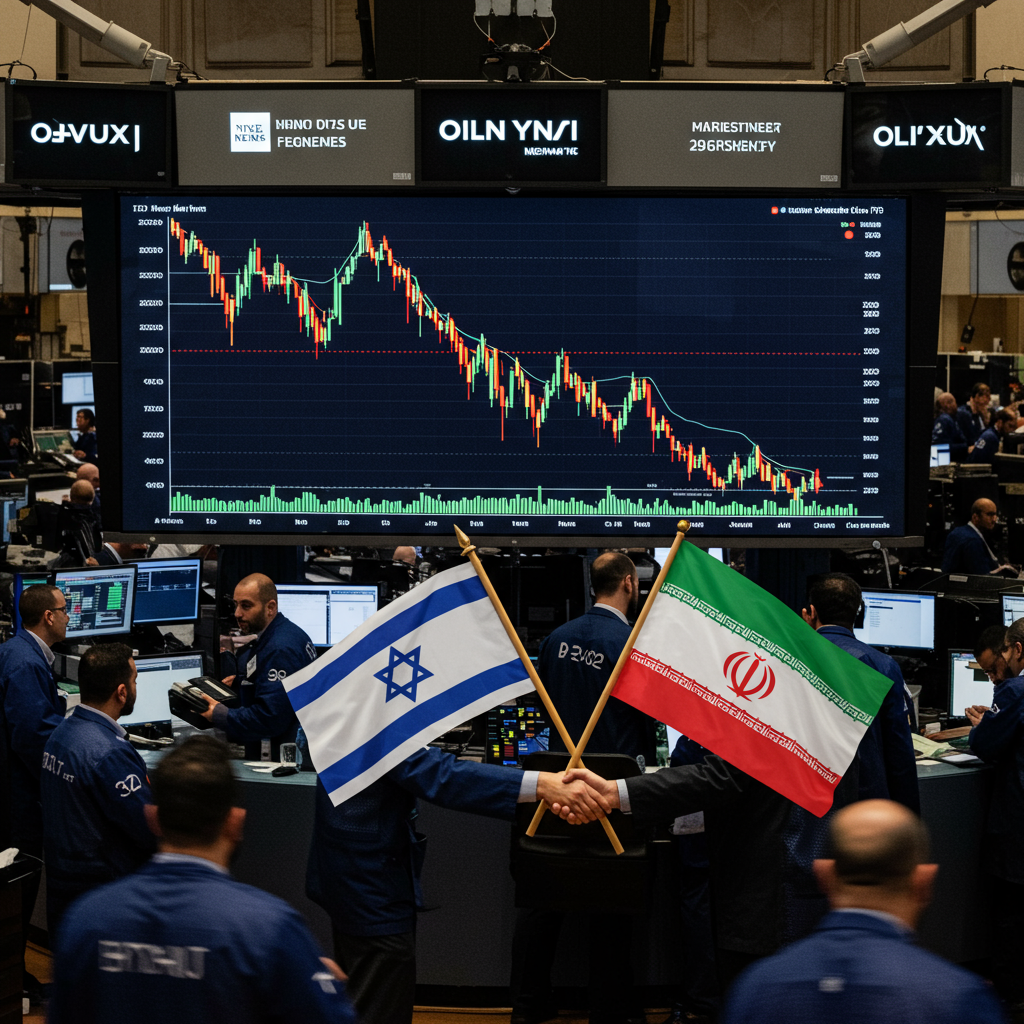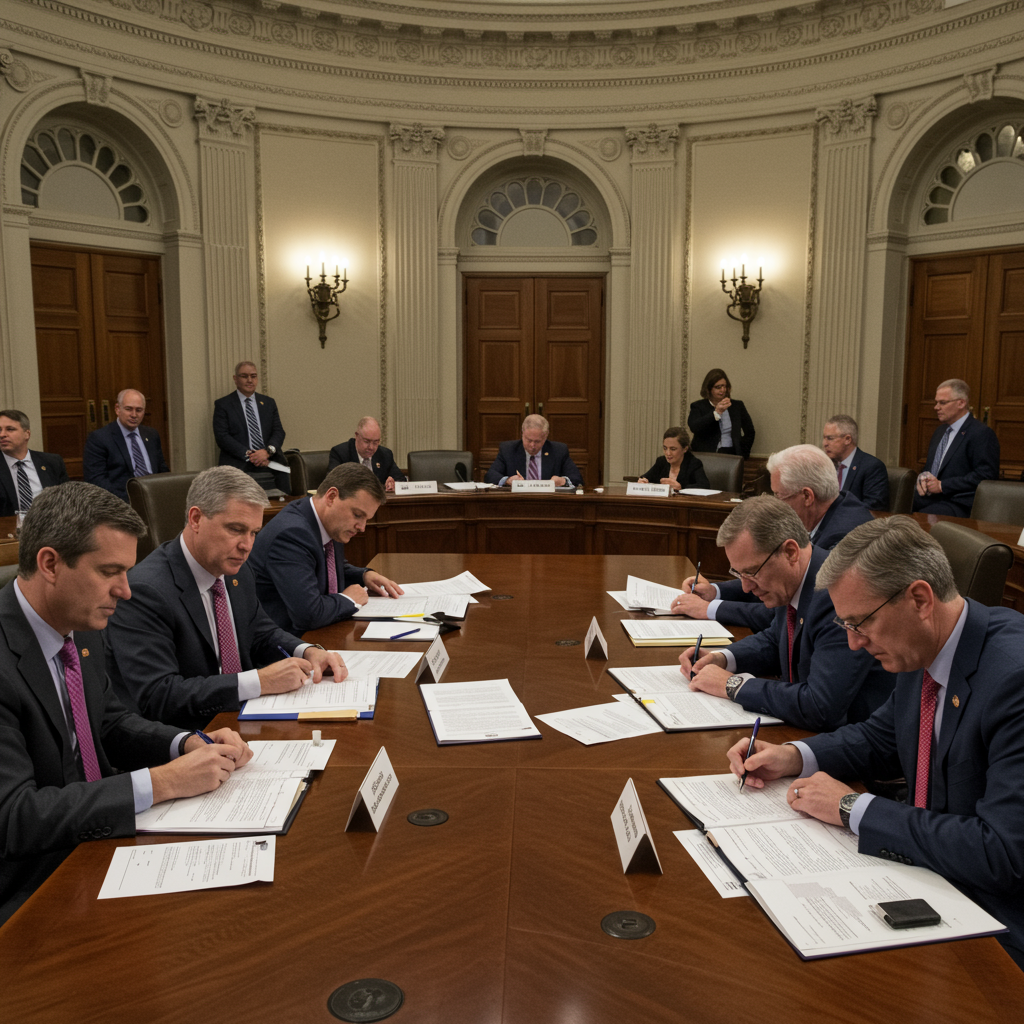Iran’s Supreme Leader Ayatollah Ali Khamenei has re-emerged publicly following a recent ceasefire with Israel, issuing stark warnings to the United States and claiming a significant victory for Tehran. In his first public comments since the agreement halted intense hostilities, Khamenei asserted that Iran had delivered a “slap to America’s face” with a retaliatory strike on a U.S. air base in Qatar.
Appearing in a prerecorded speech broadcast on state television, the 86-year-old leader, who had reportedly taken shelter since fighting began in mid-June, addressed the nation. While typically a forceful orator, he appeared notably fatigued, speaking with a hoarse voice at times. His message was clear: Iran remains defiant and capable of striking U.S. targets in the region.
Khamenei presented the Monday strike on the U.S. air base outside Doha, Qatar, as proof of Iran’s ability to access and target “important U.S. centers in the region whenever it deems necessary.” He vowed that this action “can be repeated in the future,” issuing a direct threat: “Should any aggression occur, the enemy will definitely pay a heavy price.” This characterization contrasted sharply with the U.S. perspective, which described the strike as limited and resulting in no casualties. U.S. President Donald Trump dismissed it as a “very weak response,” noting the U.S. had received advance warning. The White House accused Khamenei of trying to “save face” following the recent events.
Conflicting Assessments of Nuclear Damage
Significantly, Khamenei downplayed the impact of extensive U.S. and Israeli strikes on several Iranian nuclear sites the previous Sunday. Despite President Trump claiming the attacks had “completely and fully obliterated” Iran’s nuclear program, Khamenei insisted the U.S. “could not achieve anything significant.” However, details regarding the status of Iran’s nuclear facilities, including its enriched uranium stockpile and centrifuges, were notably absent from his address.
This claim of minimal damage stands in stark contrast to assessments from international observers and even Iranian officials. International Atomic Energy Agency (IAEA) Director Rafael Grossi stated separately that the damage inflicted by U.S. and Israeli strikes was “very, very, very considerable.” While stopping short of declaring the program “annihilated,” Grossi confirmed the facilities “suffered enormous damage” and, lacking independent access, could only assume the sensitive centrifuges were no longer operational. A preliminary U.S. Defense Intelligence Agency (DIA) assessment, though labeled “low confidence,” also indicated significant, though not total, destruction at key sites like Fordo, Natanz, and Isfahan. Adding to the conflicting picture, Iran’s own Foreign Ministry spokesperson conceded that their “nuclear installations have been badly damaged, that’s for sure.” Israel has claimed the strikes set back Iran’s nuclear program by “many years,” while a U.S. Secretary of State suggested Iran was “much further away” from a weapon.
Speculation has also surrounded the potential movement of Iran’s highly enriched uranium stockpile before the strikes. While the IAEA believes centrifuges at enrichment facilities were heavily damaged, the preliminary DIA assessment raised the possibility some highly enriched uranium might have been moved, suggesting at least part of the stockpile could have survived. Satellite imagery showing trucks and bulldozers at the Fordo site just days before the U.S. strike fueled debate among experts, with some suggesting potential fuel relocation and others viewing it as a decoy or workers preparing to seal tunnels. U.S. officials like Defense Secretary Pete Hegseth stated no intelligence indicated uranium was moved, while Gen. Dan Caine described bunker-buster bombs successfully removing concrete caps Iran attempted to place over shafts at Fordo.
The IAEA currently has inspectors in Iran but cannot inspect the damaged nuclear sites due to safety concerns, hindering a definitive independent assessment of the damage to equipment like centrifuges, which are highly sensitive to the type of explosive payloads reportedly used.
Context and the Path Ahead
The ceasefire, which took effect Tuesday and was reportedly facilitated partly by President Trump, followed a 12-day conflict initiated by Israeli attacks on Iranian facilities and commanders on June 13. Khamenei claimed the U.S. only intervened in the conflict because it believed Israel was facing “utter destruction.”
With the ceasefire holding, signs of a slow return to normalcy were observed in Iran on Thursday, with airspace partially reopening for domestic and international flights over the eastern half of the country and shops beginning to reopen in Tehran.
The conflict resulted in considerable casualties. Iran reported 606 killed and 5,332 wounded. A human rights group based in Washington provided higher figures for Israeli strikes on Iran, reporting at least 1,054 killed, including civilians and security forces, and 4,476 wounded. In Israel, officials reported at least 28 killed and over 1,000 wounded. Military statistics released by Israeli authorities noted Iran fired over 550 missiles at Israel with a high interception rate, while Israel struck more than 720 Iranian military infrastructure targets and eight nuclear-related sites.
Looking forward, the possibility of diplomatic engagement remains uncertain. President Trump asserted that U.S. and Iranian officials would hold talks next week, and a U.S. envoy confirmed communication channels exist. However, Iran has not publicly acknowledged any planned discussions, and a previously scheduled round of negotiations in Oman was canceled after the Israeli attack. Compounding the complexity, Iran maintains its insistence on not abandoning its nuclear program, and its parliament recently agreed to fast-track a proposal that could cease cooperation with the IAEA, potentially hindering international monitoring efforts moving forward.



